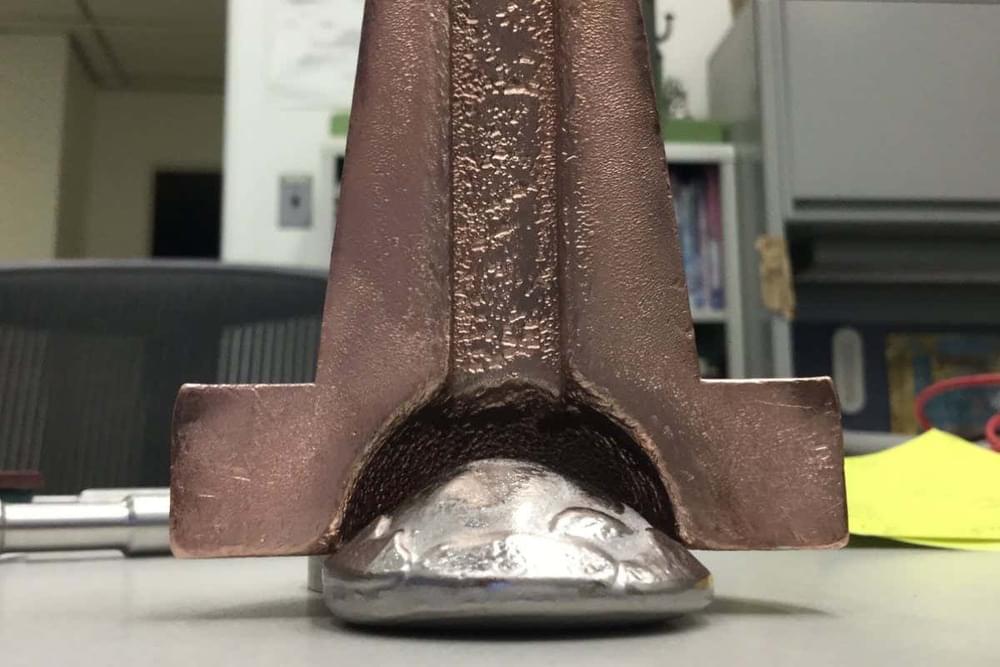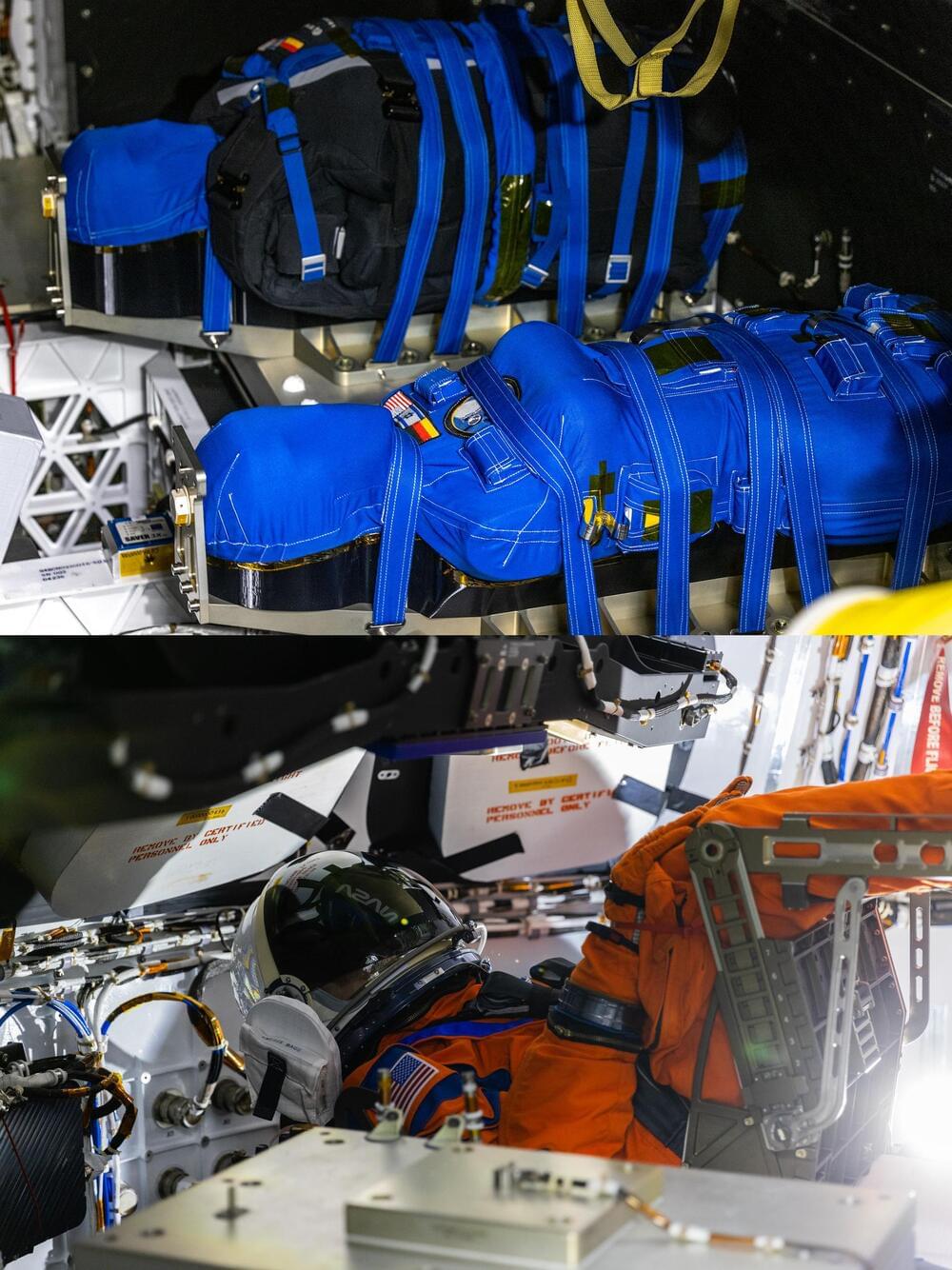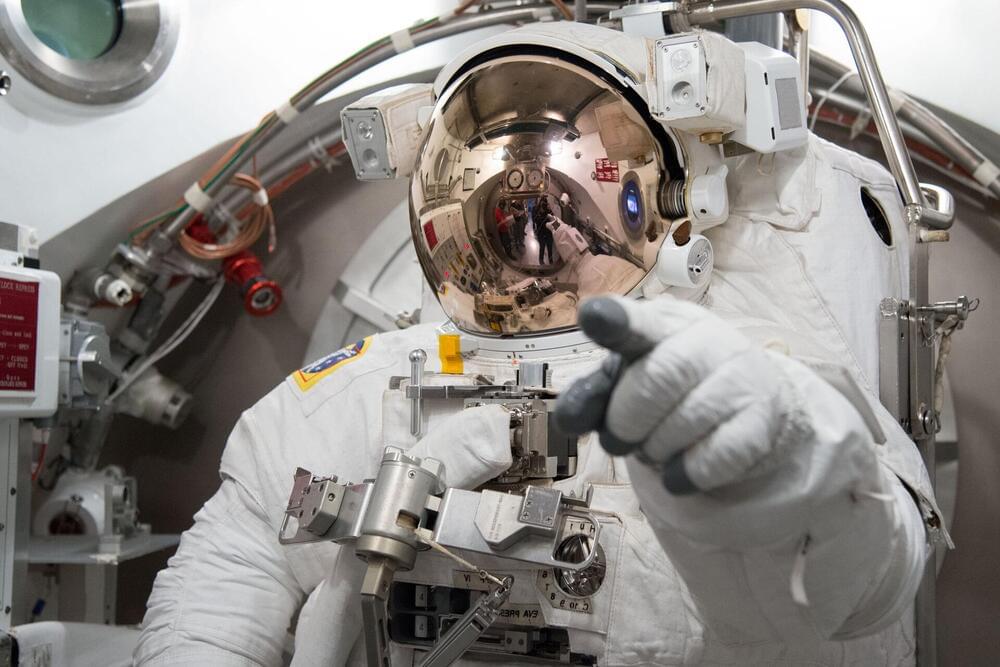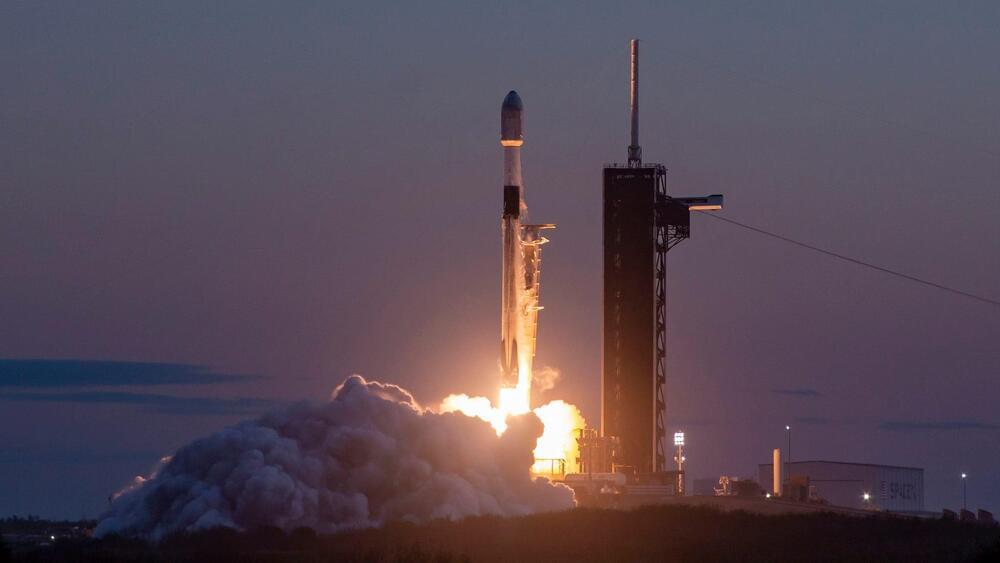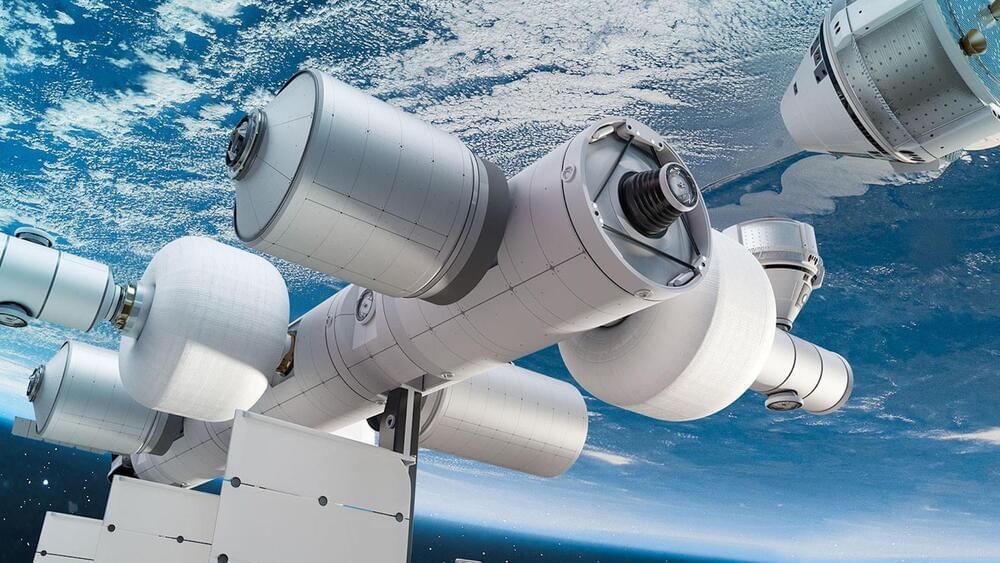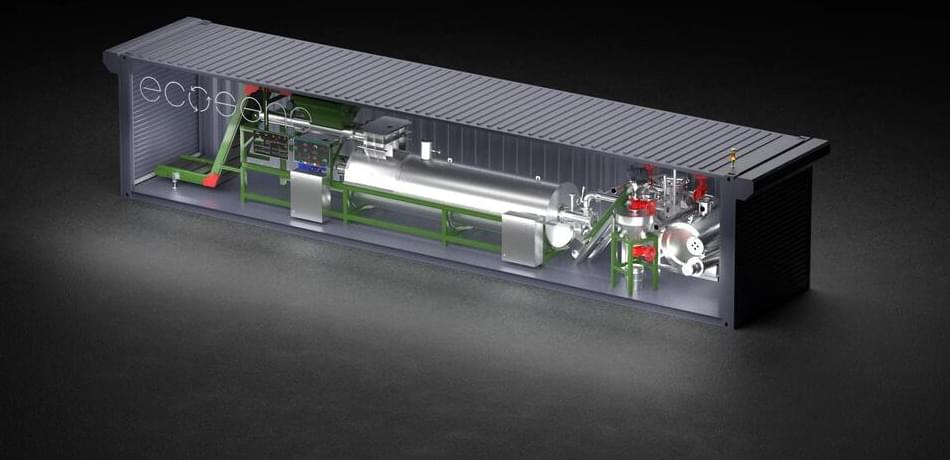
Researchers say they may have discovered the solution to a problem that has long hindered progress with a novel form of plasma propulsion that could one day carry humans to distant planets, and potentially launch a new era of space exploration.
The helicon double-layer thruster (HDLT) is a prototype plasma thruster propulsion system that works by injecting gas into an open-ended source tube, where radio frequency AC power produced by an antenna surrounding it electromagnetically ionizes the gas. Within this highly charged plasma, a low-frequency electromagnetic helicon wave is excited by the antenna’s electromagnetic field, further heating the plasma.
Such “magnetic nozzle” thrusters accelerate the plasma they produce to generate thrust for spacecraft, representing a form of electric propulsion with several potential applications in spacecraft design. However, while plasma flows that occur naturally within magnetic fields are often released or “detached”—like when coronal ejections erupt from the Sun—getting plasmas to behave in the same way in the laboratory is more challenging.
